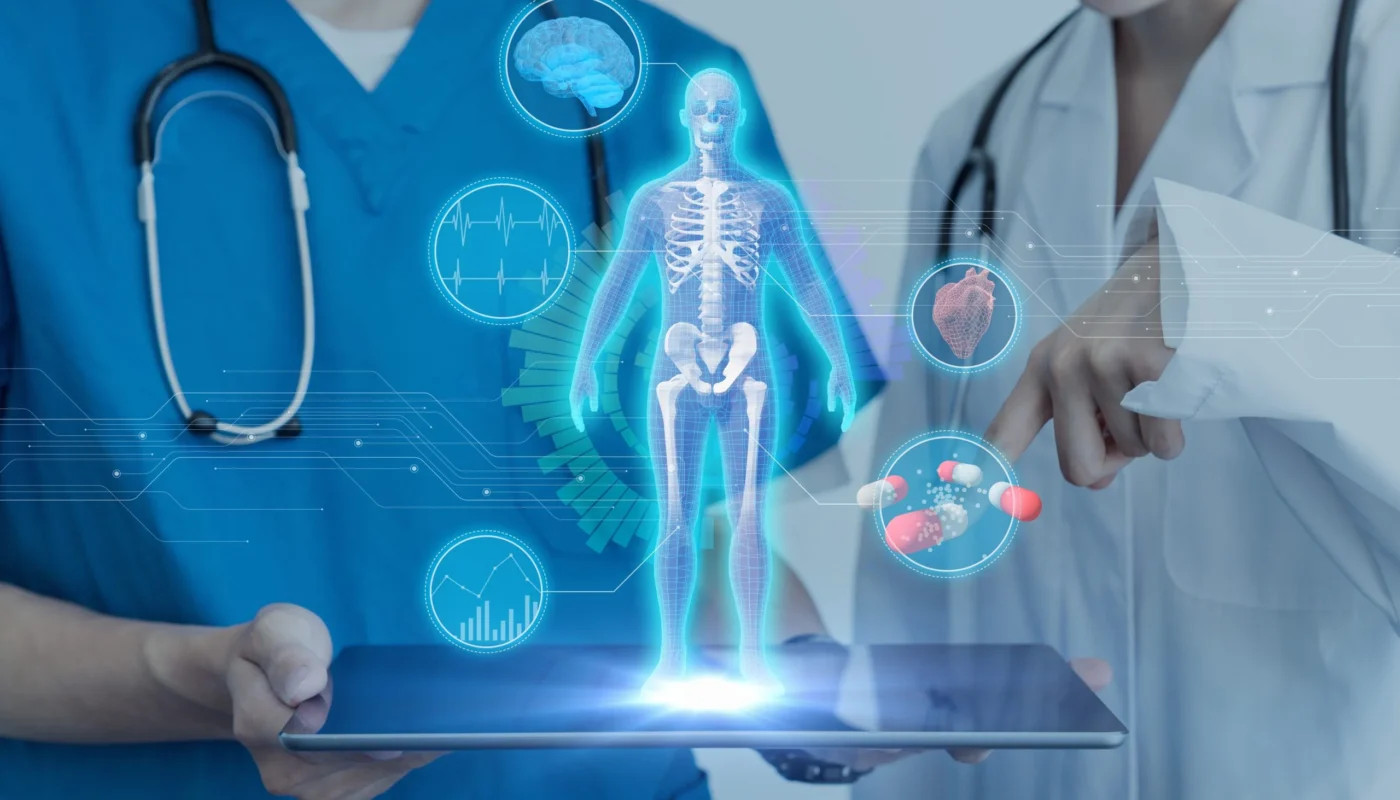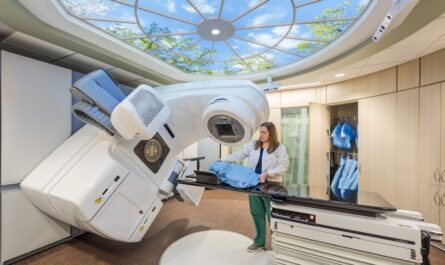Bio-imaging has revolutionized how biomedical research is conducted and how diseases are diagnosed and treated. By allowing researchers and physicians to non-invasively visualize biological processes at a cellular and molecular level, bio-imaging is helping expand our understanding of health and illness. In this article, we explore the growth and advancements in global bio-imaging and its impact on the future of medicine.
Evolution of Bio-imaging Modalities
Bio-imaging has come a long way from the early x-ray machines. There have been rapid advances in modalities like computed tomography (CT), magnetic resonance imaging (MRI), positron emission tomography (PET), ultrasound and microscopy techniques like confocal and multi-photon microscopy. Each modality provides unique contrast and spatial/temporal resolution to study biological structures and functions.
CT and MRI have become essential clinical tools worldwide for diagnosis. Advanced CT techniques can now provide high resolution 3D images of internal organs. MRI, with its excellent soft tissue contrast, is used extensively for brain and cardiac applications. Functional MRI allows non-invasive mapping of brain activity. PET combined with CT provides sensitive detection of molecular/cellular processes and is an important modality for cancer imaging. Ultrasound is a widely used, portable and low-cost modality. Advancements like 3D/4D Global Bio-imaging and elastography have expanded ultrasound’s applications.
Microscopy techniques allow seeing biology at the cellular and sub-cellular level. Confocal microscopy provides high resolution 2D and 3D images deep within living tissues. Multi-photon microscopy enables high resolution deep tissue imaging by reducing phototoxicity. Light sheet fluorescence microscopy allows fast volumetric imaging of large specimens. These advancements are significantly enhancing biological research.
Global Growth and Investments in Bio-imaging
North America currently dominates the market due to presence of major players, rising healthcare expenditure and technological advancements. However, Asia-Pacific is expected to be the fastest growing region due to growing incidence of chronic diseases, rising healthcare spending and infrastructure development.
Impact on Drug Discovery and Development
Bio-imaging is transforming how pharmaceutical and biotech companies conduct research and clinical trials. Novel imaging probes allow sensitively monitoring disease pathways, drug pharmacokinetics, target engagement and pharmacological responses non-invasively and longitudinally. This provides crucial insights for optimizing lead candidates and designing better clinical trials.
Imaging biomarkers help objectively quantify disease burden and assess treatment responses, which can be used for patient selection and as surrogate endpoints. This is accelerating drug development. Imaging is also being use to characterize diseased tissues and patient-derived organoids/slices to screen drug candidates. Integrating multi-omics data with longitudinal imaging is revolutionizing precision medicine approaches.
Impact on Clinical Practice and Healthcare
Clinicians worldwide are increasingly relying on advanced CT, MRI, ultrasound and hybrid imaging systems for accurate diagnoses, image-guided interventions and treatment monitoring. Personalized medicine approaches using imaging, genetics and other –omics data are improving outcomes for several cancers and other complex diseases.
The Global Bio-imaging enables precise image-guided minimally invasive surgeries and targeted therapies, reducing patient trauma and helping shift healthcare from reactive to preventative models. Wearable devices employing non-invasive optical imaging are enabling constant remote monitoring of patients. This is transforming healthcare delivery especially in remote/underserved areas by improving access.
The Future of Bio-imaging
The ongoing advancements promise to make bio-imaging more sensitive, specific and quantitative. Nanoparticle, cell and gene delivery vectors labeled with advanced probes will enable imaging single living cells and molecules. Smart sensors/nanoparticles will allow real-time optical read-outs and closed loop biofeedback. Nano-imaging technologies may revolutionize early disease detection.
Systems biology approaches combining multi-scale/multi-omics data including advanced imaging promise personalized diagnostics and treatments tailored to individual patients. Integration with augmented intelligence has potential to accelerate drug discovery, enhance diagnostics and enable precision interventions. While overcoming technical challenges, continued investments and collaborations globally will help realize the promise of predictive, preventive and personalized bio-imaging based healthcare.
Bio-imaging is at the forefront of medical research and revolutionizing how diseases are diagnosed and treated. Continued advancements hold enormous potential to transform healthcare delivery worldwide. Global collaborations will be key to address the growing burden of disease and improve human health.
*Note:
1. Source: Coherent Market Insights, Public sources, Desk research
2. We have leveraged AI tools to mine information and compile it



